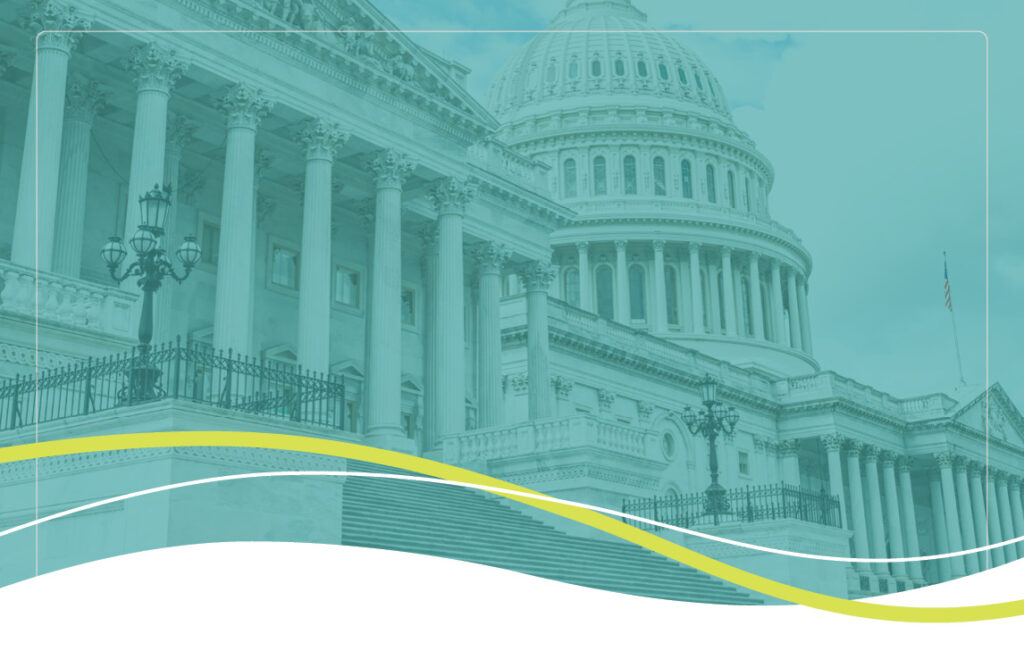Learning to Herd Cats: Fixing the US Healthcare System

Fixing the US healthcare system has often been described as attempting to herd cats. Notoriously independent-minded and resistant to outside pressure, trying to get cats to do anything uniformly creates a laughable mental picture of frustration. But within this seeming impossibility lies the potential for an actual solution.
What’s the problem? And why do we need / want the cats to move?
Healthcare represents more than 18% of our nation’s GDP, and the Medicaid program itself is around 3% of the total GDP. The sheer magnitude of the numbers involved often obscures the critical fact that the most important aspect of any individual’s life is their health, general well-being, happiness, and capacity to thrive in their community.
There are fundamental flaws in our system that keep it from performing at the high level of excellence that policymakers expect. One of those core fundamental flaws is the massive disconnect between what policymakers want the healthcare system to achieve, and how the system is set up to achieve those goals.
A desirable healthcare system in this country would get people healthy and keep them that way. Yet, historically, the financial incentives do not align with these goals, and in fact, have created perverse incentives to achieve the opposite goal.
Providing healthcare is a passion, a commitment, a noble calling, and one of the most important fundamental benefits necessary to the well-being of the nation. But it is also at its core, a business operating in a capitalist system. The old mantra, “no margin, no mission” holds true throughout the system.
Economists will tell you that in a functioning market, the system is designed to respond to the fundamental financial incentives that are provided. For too long, that has been to provide more services and maximize the cost of those services to ensure maximum profitability.
Where do we want the cats to go?
Over the past few decades, there has been a revolution in re-aligning those financial incentives. Moving away from a purely “fee for service” system and towards a system that rewarded improved outcomes was once thought of as a magic bullet. Managed care was supposed to be the simple solution, and states were excited about the possibility of a turn-key operation that could do what they could not, which is fix a dysfunctional healthcare system. But managed care is more appropriately viewed as a means to an end, rather than the end itself. Managed care allows for greater leverage, more force multipliers, and increased nimbleness to innovate and explore what works.
Medicaid, and healthcare more broadly, might not function as perfect economic markets, but they do follow the foundational rule that you get the results that you incentivize. If financial incentives reward over-prescribing or unnecessary tests, or worse, dysfunctional fragmentation of care, then that’s what these markets will deliver. The cat treats at the end of the healthcare reform journey must financially reward better care and better quality outcomes. Only then will rational, self-interested economic forces finally align with the Triple (or even Quadruple) Aim.
While the theoretical pathway might seem clear, the actual journey of reforming the system will be difficult. For these reforms to be sustainable from a business model and from a practice standpoint, they must become more than a pilot, a demo, or an experiment. They must become part of the underlying baseline of healthcare.
Atul Gawande has famously championed this concept. It’s only when these changes are part of the med school basic curriculum, and as unquestioned a part of the economic model as fee-for-service once was, that they will have lasting, sustainable changes. The newly moved cat food dish has an economic and policy “suction cup” at the bottom to ensure that it doesn’t revert back to its original location for any reason. Fundamentally, if VBP, or pay-for-performance, continues to be viewed as an experiment, or an innovative model that demands more analysis and examination, it will never gain the traction needed to fundamentally alter 18% of the nation’s economy.
For best results, move the food as few times as possible.
It’s one thing to expect larger, more powerful institutions (managed care organizations, hospitals, and hospital systems, etc.) to be able to adjust their business model and take risks to ensure their sustainability to match the new models. It’s quite another to expect smaller entities (clinics or small provider groups) to have the sophistication and capacity to completely upend the way they’ve done things for years (or generations).
But fundamentally, the biggest impediment to widespread adoption of a revolutionized business model is that payers and regulators cannot come to an agreement on the basic building blocks of how the new business model will look. Take a physician practice group operating in Southwestern Kentucky. Their book of business includes sizable blocks of Medicaid, commercial and Medicare business. Not only do all three of these payers have different visions for what a reformed system looks like, but there is also a significant difference within how those payers approach the issue. Within Medicaid alone, they must know how Kentucky operates, but also be mindful of patients coming from neighboring Tennessee and Missouri. More than that, any individual state Medicaid program (and there are 56) will have multiple MCOs that have different visions.
It is completely understandable for the practice to simply say, “I will change my business model and upend years of carefully planned incentives, but I will only do it once…not 15 times for increasingly smaller portions of my pie, and not over again every couple of years as you figure things out.”
We must have multi-payer alignment to ensure that the food is being moved to the optimal spot that can accommodate all the cats.
30 years of working with state Medicaid agencies has ingrained in me a fervent belief in state flexibility and the power of innovation. However, the time for letting a thousand flowers bloom is coming to a close, and we must accept that, to truly change the baseline of how healthcare is paid for and delivered in this country, it’s time to move towards standardization and interoperability. There will always be a role for innovation and experimentation, and adaptability as the world changes. But it’s time to move towards a future where we trade in some of the bells and whistles for a baseline set of expectations that moves the practice and finances of healthcare forward to the future.
If we move all the food bowls, all the cats will follow and go where we want them to be. If we move them in different directions at different times, we’ll continue to get confused cats wandering aimlessly.




